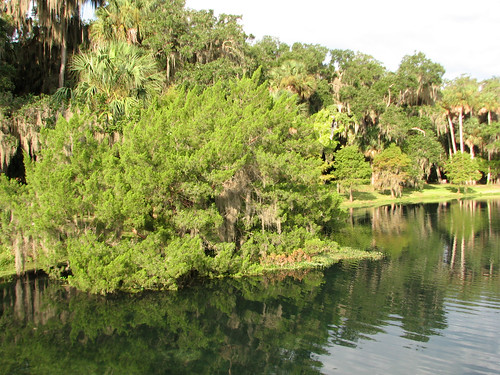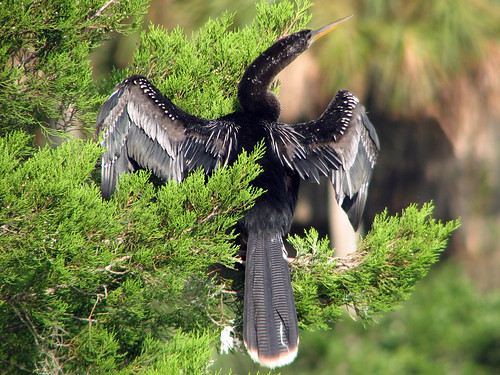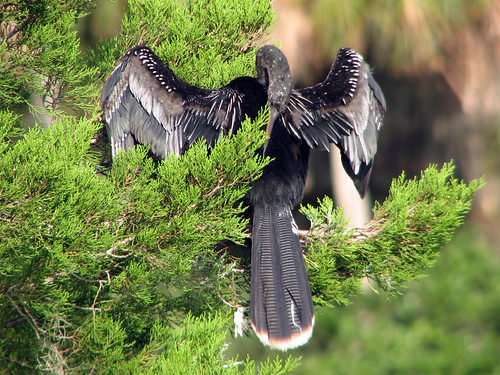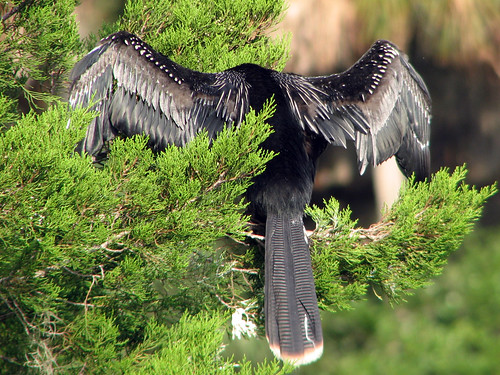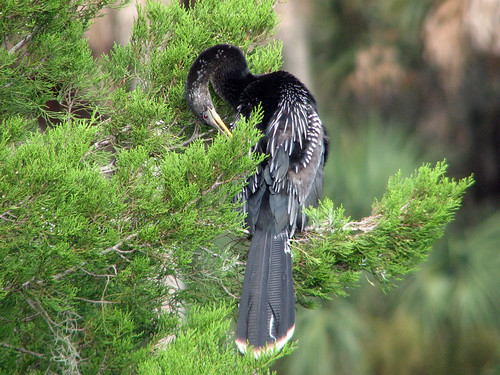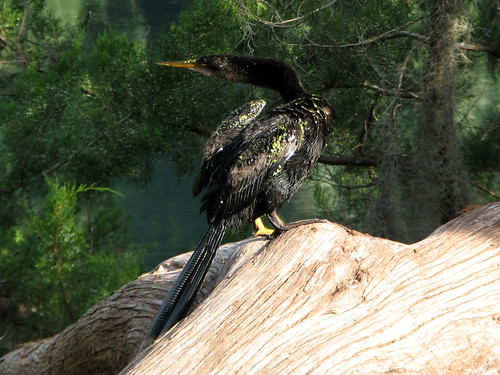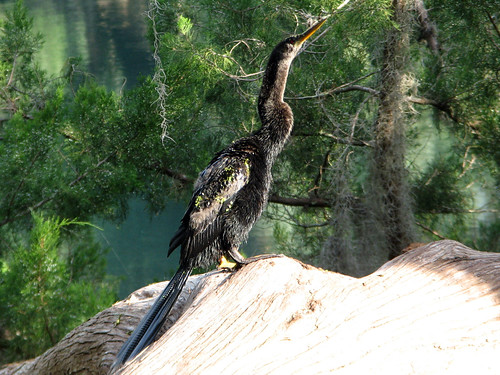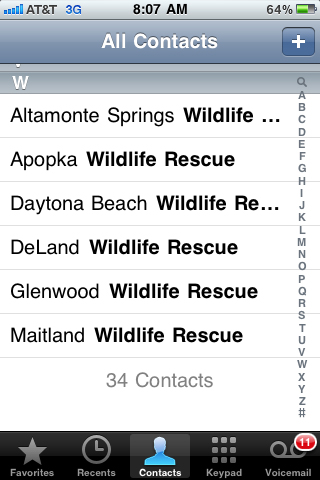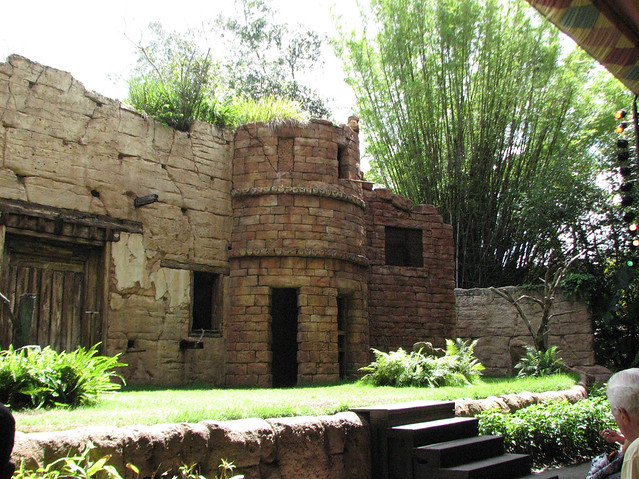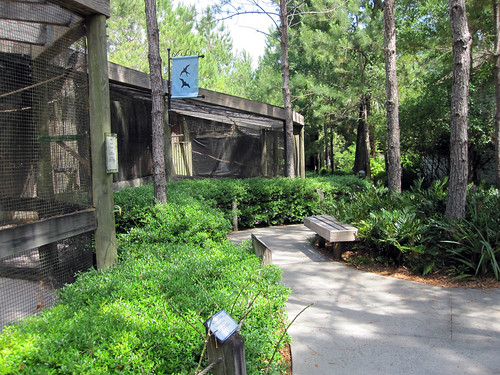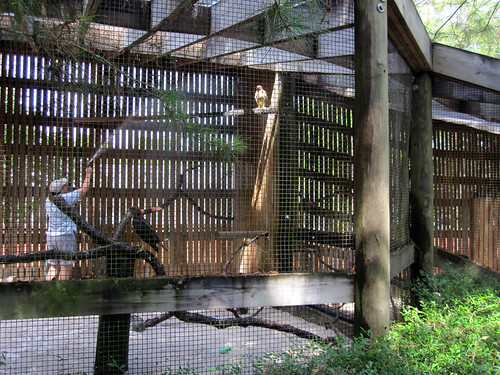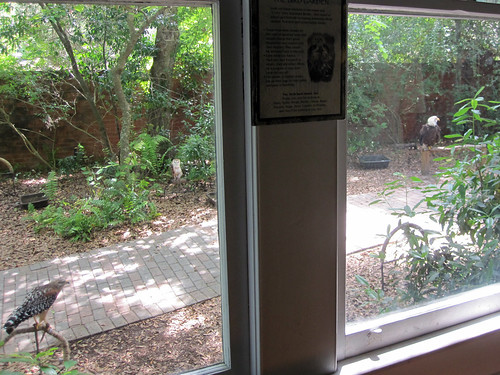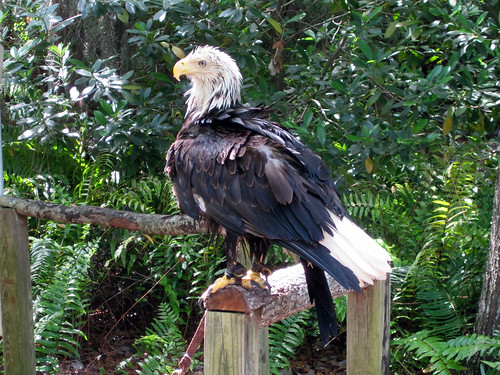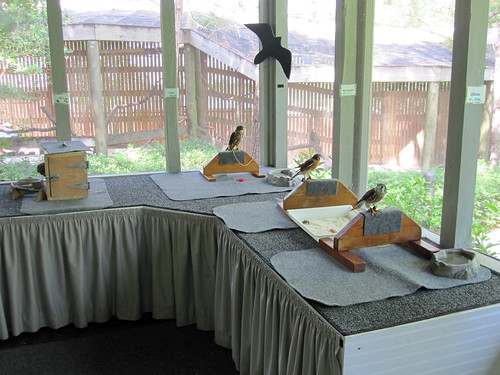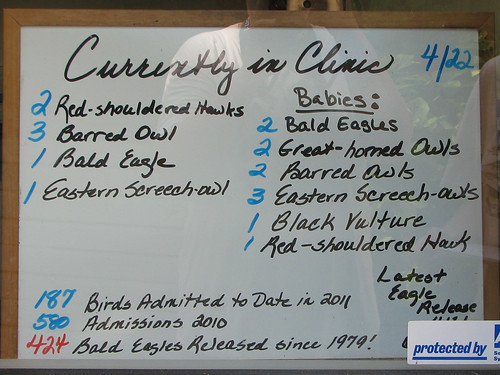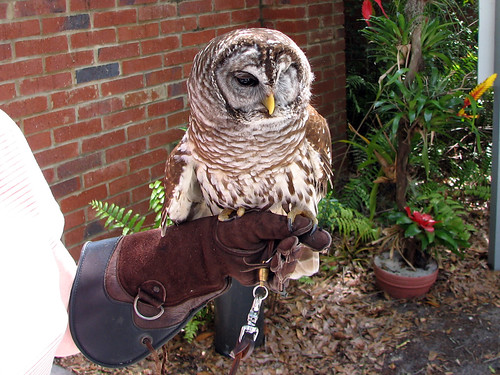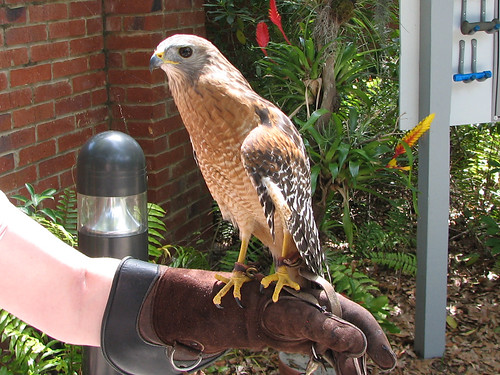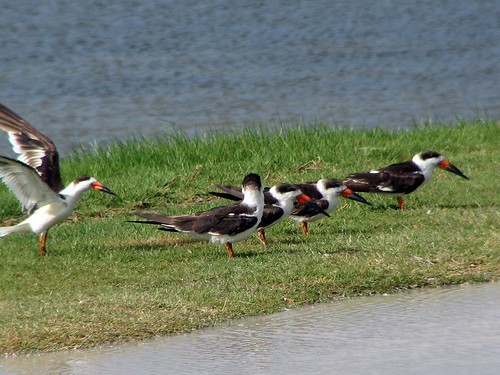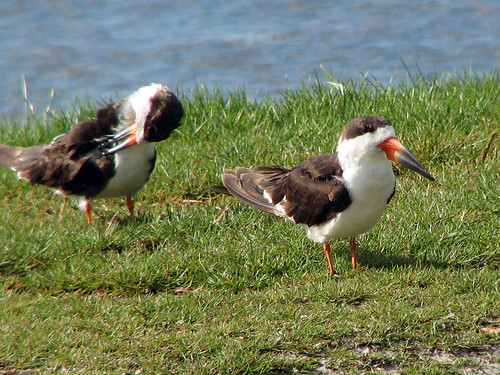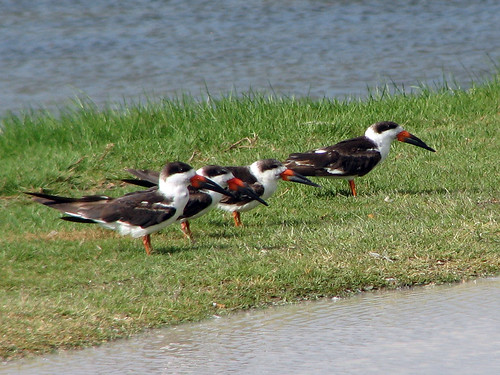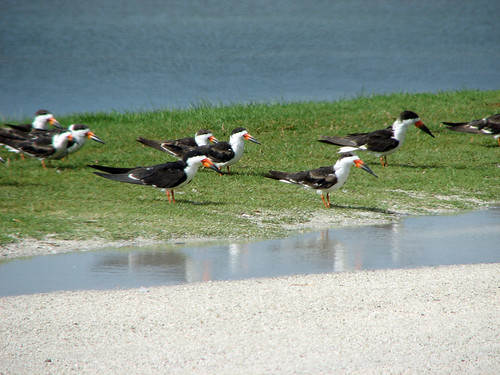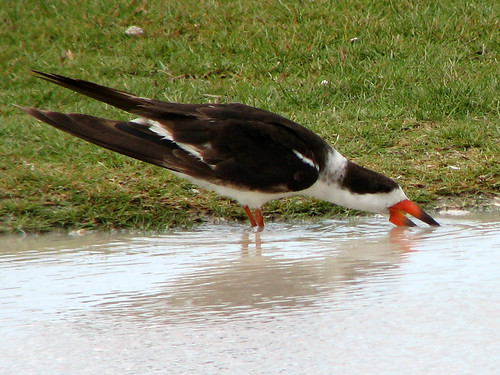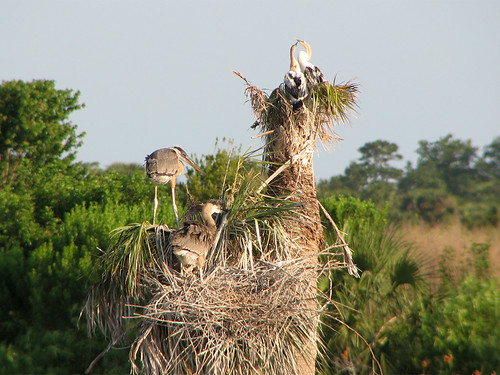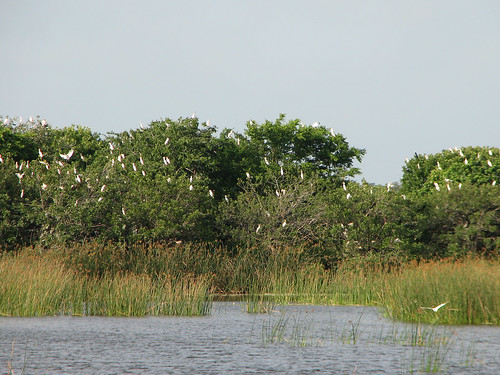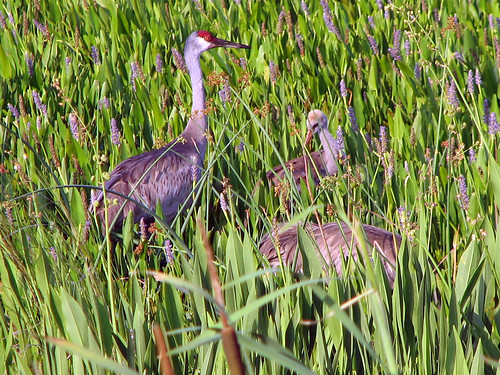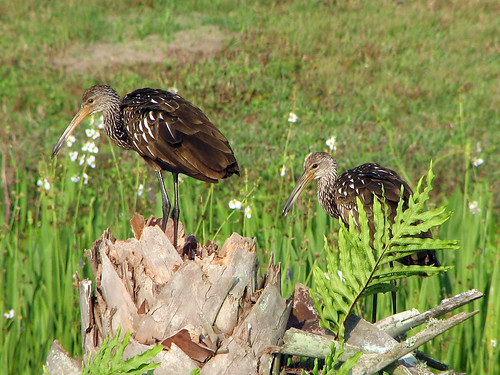Today is International Vulture Awareness Day (IVAD). Did you celebrate nature’s clean -up crew today? Disney’s Animal Kingdom is celebrating vultures all month!
Arthur and I visited Animal Kingdom on Thursday, September 1st, the date highlighted on the Disney Parks Blog as the day the park would be participating in IVAD. We later learned that the celebration would continue through the entire month of September.
We first visited the Rafiki’s Planet Watch part of the park, where we had a look at the educational vulture posters and materials on display. Books about vultures were available for perusing and materials like vulture skulls and feathers were also on display. Cast members played vulture fact games with kids and had a great little presentation to show the strength of vulture stomachs which involved small plastic bones and smoking vulture “acid” stomach juices.
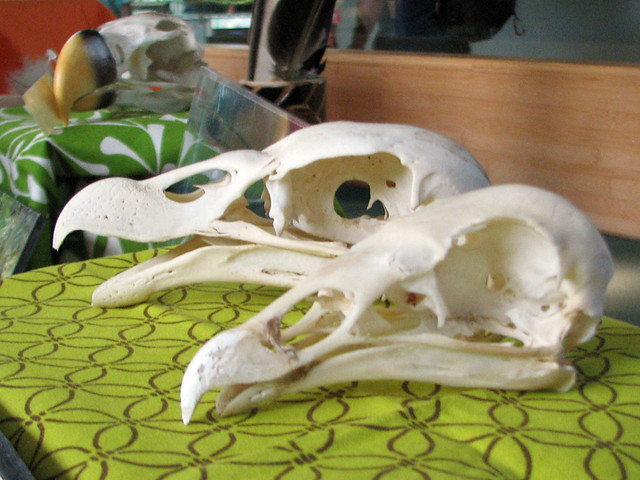
Vulture skulls. The one with the huge nostrils in the foreground is a Turkey Vulture.

Vulture info display at Rafiki’s Planet Watch

Vulture info display at Rafiki’s Planet Watch
Next we got a big thrill when we checked the activity tables for small kids. Among the coloring pages and vulture masks we found a couple of Birdorable Vulture puzzles!!

Birdorable goodies at Rafiki’s Planet Watch before being snatched up by thousands of fans
At the Tree of Life area of the park, another information station was set up by the Lappet-faced Vulture exhibit. This included a model vulture nest and a pair of model life-size vulture wings was available for kids (of all ages) to try on.
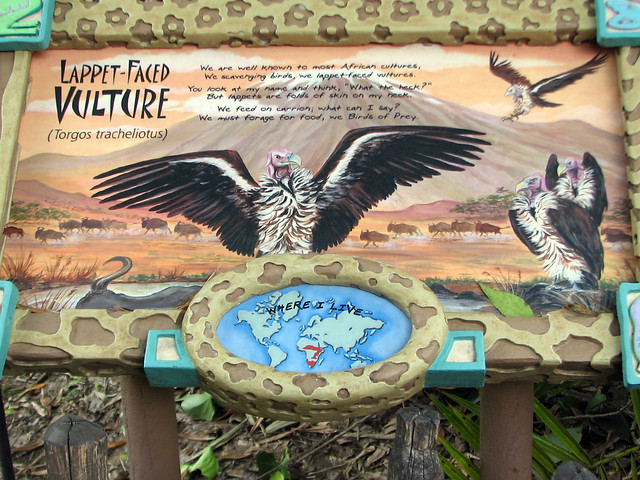
Permanent display sign for the Lappet-faced Vulture exhibit area
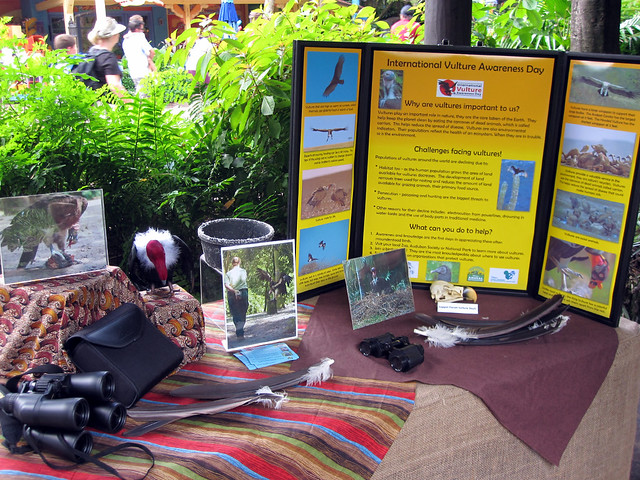
Vulture info display at the Tree of Life

I’m a vulture!
At the Animal Kingdom Lodge, another information booth with more educational materials and a video display was set up and manned by a naturalist.
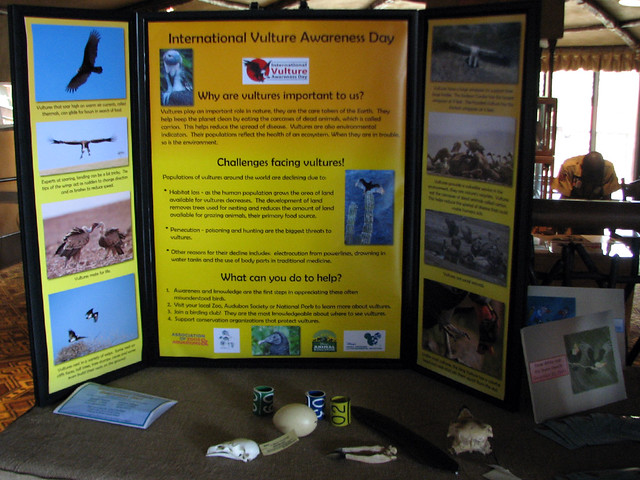
Vulture info display at the Animal Kingdom Lodge
Rüppell’s Vultures reside in one of the lodge’s savannas, and there were two sessions of public viewing of vulture feeding and enrichment.
The birds are trained to come feed by a visual cue – the waving of a flag. Now as it was a bit overcast and the wind was picking up, the zoologist interpreter at the viewing mentioned that the birds sometimes won’t feed in high wind or in the rain. I wonder if that’s because they would not normally prefer to fly in such conditions and therefore would not be able to find food to eat. In any case, somehow I ended up with the task of waving the flag. I managed to wave in the birds after some hard work. 😉

Calling in the vultures
We were treated to a family group of three vultures who came out to munch on some raw bones, a special meal for the birds (who usually eat rats or mice).

Om nom nom…

… nom nom nom…

… nom nom nom…

Rüppell’s Vulture
Having commemorated IVAD on our own in the past, this year it was special to have a destination where vultures were being celebrated so enthusiastically. I was impressed with the materials and information being shared with visitors of all ages at several different spots in the park and lodge. I think celebrating vultures at Animal Kingdom might become an annual tradition for Arthur and me. 🙂

A Turkey Vulture soars over Disney World



